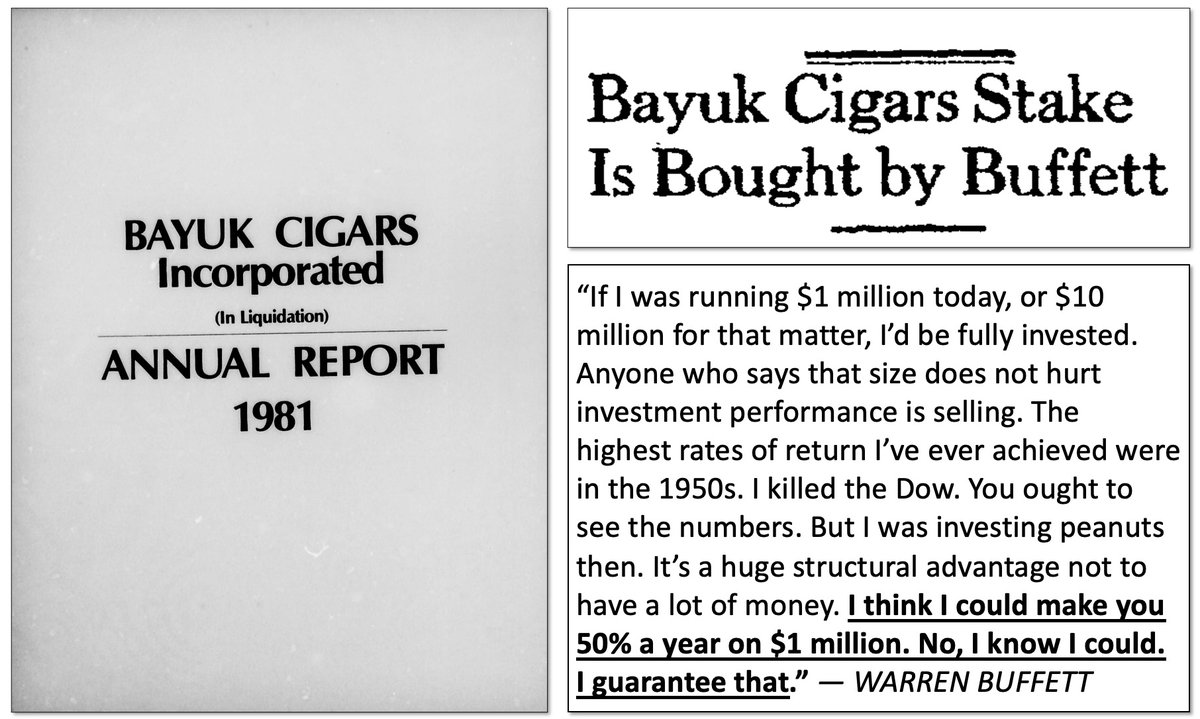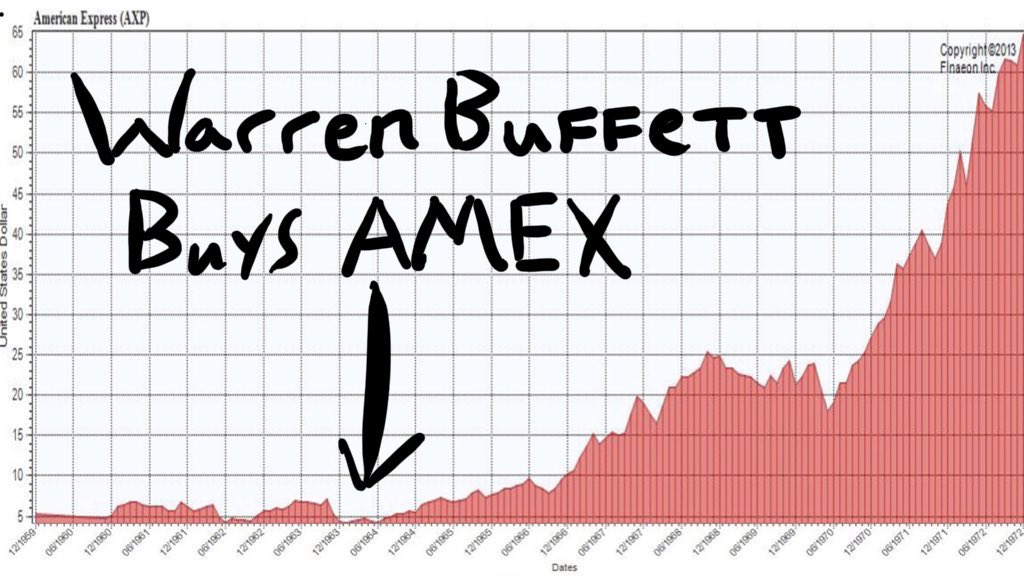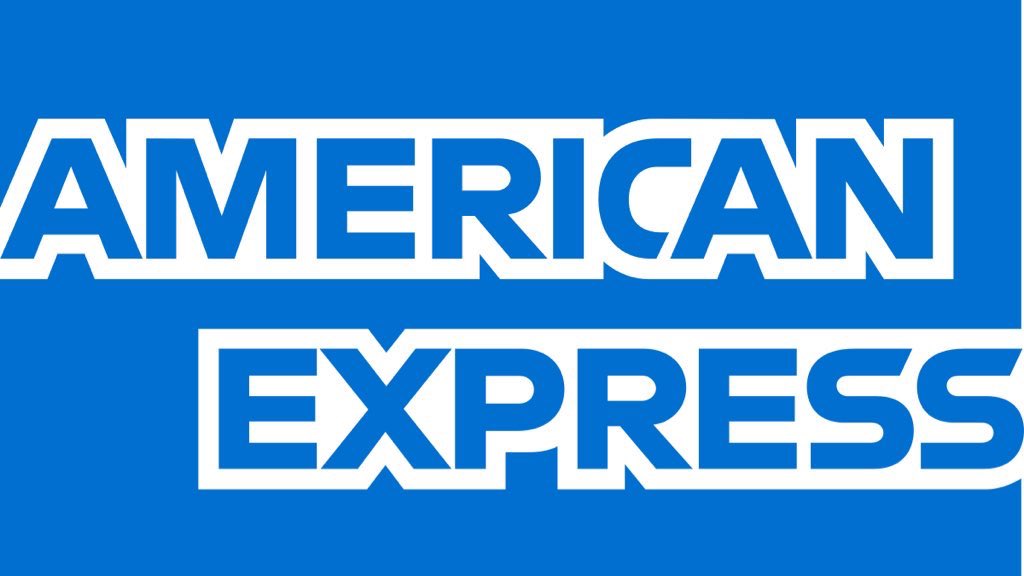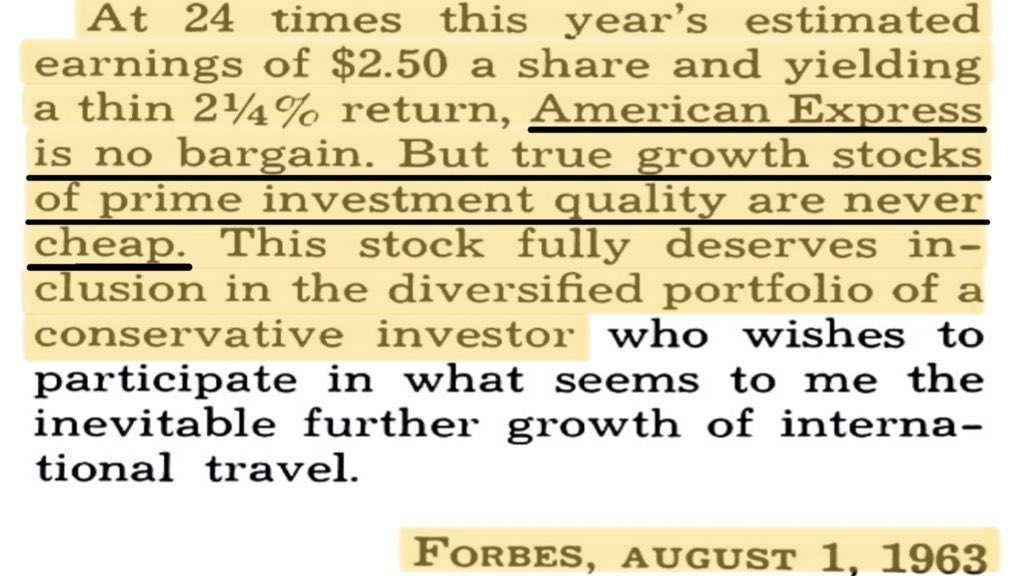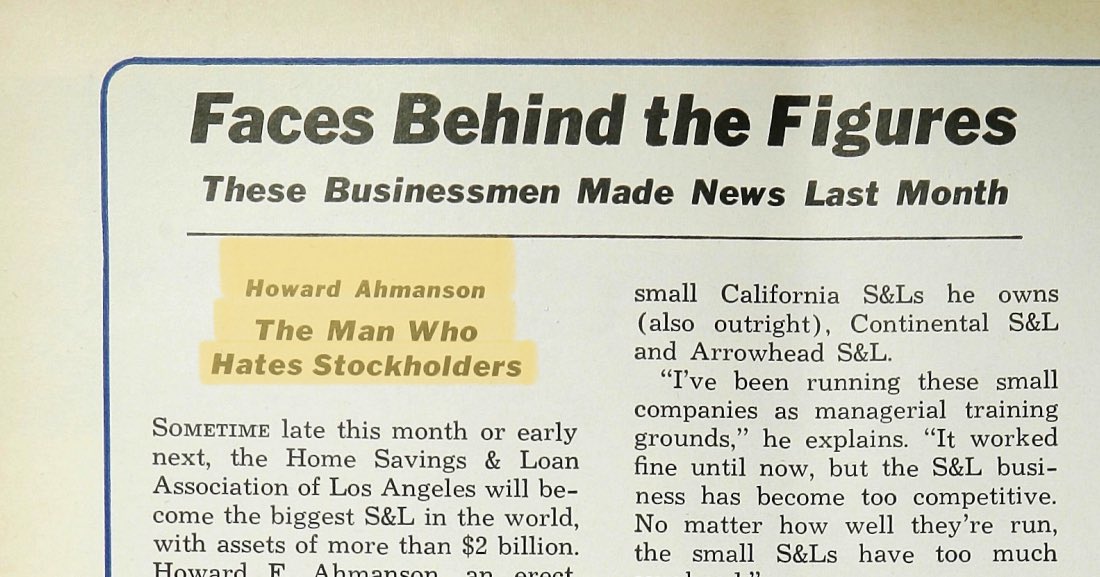Charlie Munger on Belridge Oil:
"An idiot could've told you there was no possibility of losing money."
"You don't get that many great opportunities. When life finally gave me one, I blew it."
"That decision cost me about $5 billion."
Why was Belridge so appealing? See thread:

"An idiot could've told you there was no possibility of losing money."
"You don't get that many great opportunities. When life finally gave me one, I blew it."
"That decision cost me about $5 billion."
Why was Belridge so appealing? See thread:


Belridge owned 33K acres in Kern County. They had 3K shallow stripper wells producing 7M barrels of heavy crude a year. And these wells had three advantages:
1) Cheap finding & lifting costs
2) Exemption from price controls
3) Low-risk growth capex in EOR (steam & fracking)



1) Cheap finding & lifting costs
2) Exemption from price controls
3) Low-risk growth capex in EOR (steam & fracking)




These advantages produced excellent financial performance.
Belridge's 1975 results:
Revenues: $85M (23% y/y)
EBIT: $49m (57% margin)
Net profit: $25 million (31% ROE)
Belridge's 1975 results:
Revenues: $85M (23% y/y)
EBIT: $49m (57% margin)
Net profit: $25 million (31% ROE)

The valuation?
Munger paid $115 per share for Belridge in 1976, which was:
- 4x earnings
- 2x earnings net of cash
- 1x book value
He was also getting a 12% yield on his purchase price.
Munger paid $115 per share for Belridge in 1976, which was:
- 4x earnings
- 2x earnings net of cash
- 1x book value
He was also getting a 12% yield on his purchase price.

Why was Belridge so cheap?
Belridge didn't:
- File with the SEC
- Trade on an exchange
- Meet with outsiders
- Provide reserve estimates
They also had just 9% of the shares held by non-insiders.

Belridge didn't:
- File with the SEC
- Trade on an exchange
- Meet with outsiders
- Provide reserve estimates
They also had just 9% of the shares held by non-insiders.


How did Munger's investment perform?
In late 1979, Shell acquired Belridge for $3,665 per share.
Munger made:
- 32x his purchase price in capital gains
- 75% of his purchase price in dividends
His CAGR? +150% a year (with reinvestment)
In late 1979, Shell acquired Belridge for $3,665 per share.
Munger made:
- 32x his purchase price in capital gains
- 75% of his purchase price in dividends
His CAGR? +150% a year (with reinvestment)

Were there risks? Yes
- Belridge's field was in decline until 1973 (Pre-EOR)
- Belridge earned low returns before 1973
- The founding family controlled Belridge
- The CEO was an unknown quantity (Munger: [He was] eccentric and heavy-drinking. But the oil field wasn't drinking.)

- Belridge's field was in decline until 1973 (Pre-EOR)
- Belridge earned low returns before 1973
- The founding family controlled Belridge
- The CEO was an unknown quantity (Munger: [He was] eccentric and heavy-drinking. But the oil field wasn't drinking.)


Note on reserves:
Before 1978, Belridge didn't publish reserve tables. But Munger could've estimated reserves via Belridge's Form EIA 23 filing with the DOE. Even at the low-balled estimate (248M million barrels estimate vs 377M actual), Belridge was a bargain.
Before 1978, Belridge didn't publish reserve tables. But Munger could've estimated reserves via Belridge's Form EIA 23 filing with the DOE. Even at the low-balled estimate (248M million barrels estimate vs 377M actual), Belridge was a bargain.

• • •
Missing some Tweet in this thread? You can try to
force a refresh



